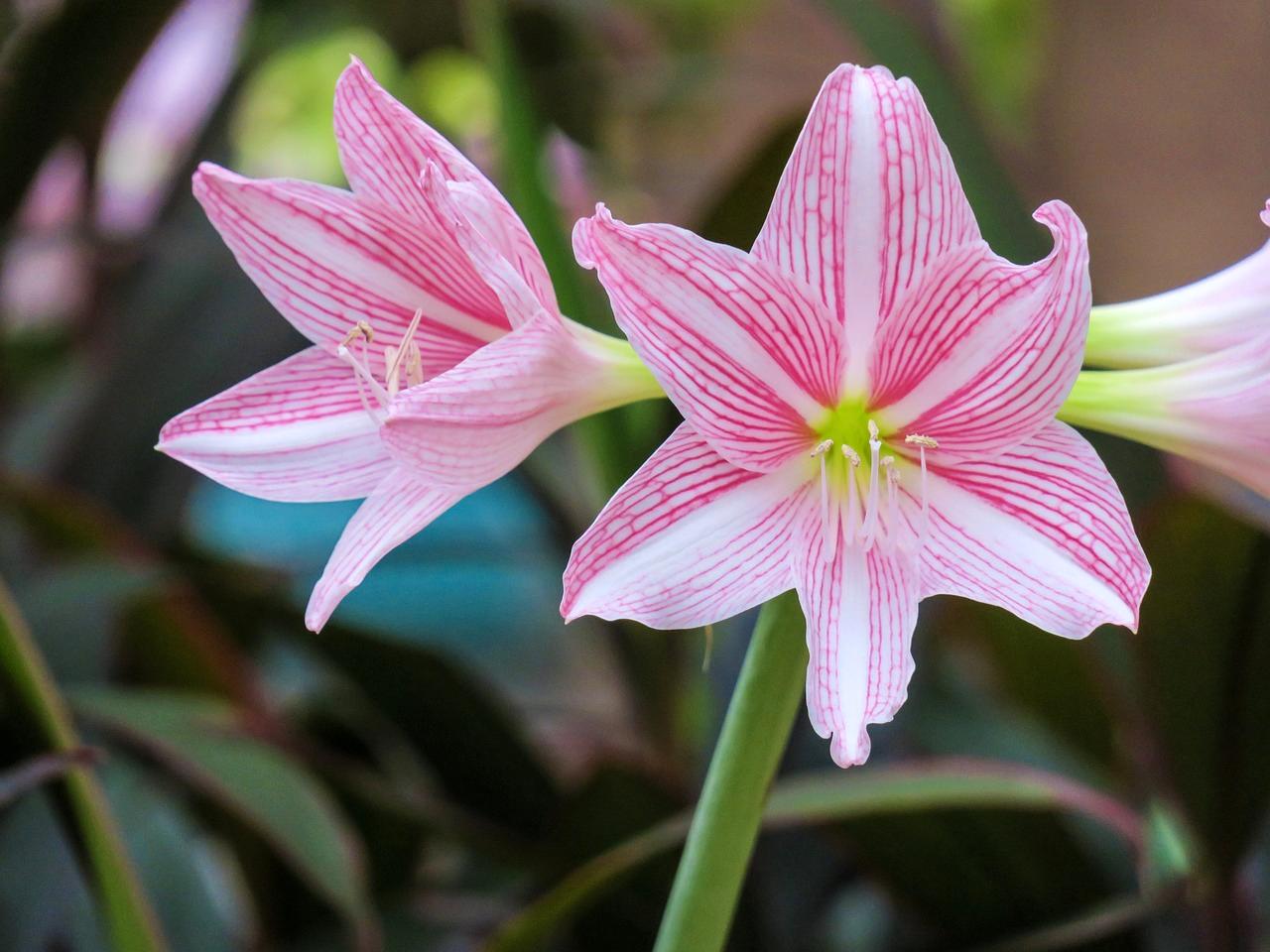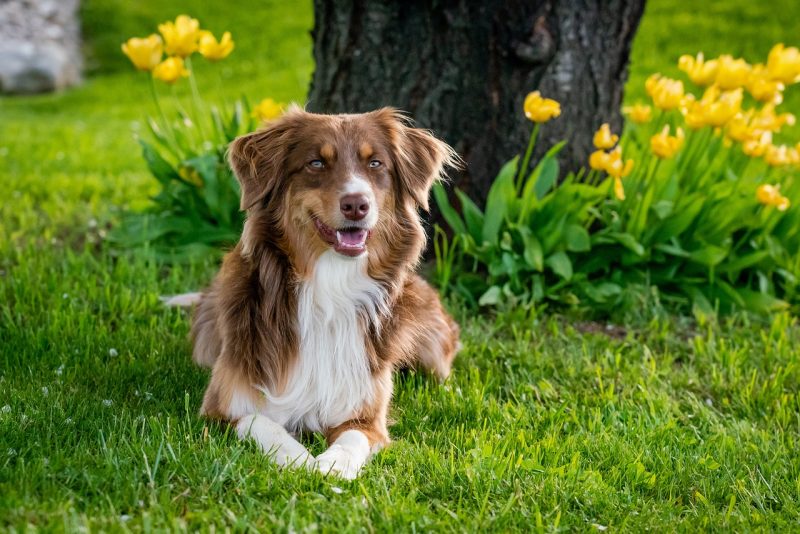If you’re a pet owner and a fan of gardening, you may have wondered about the safety of certain plants commonly found in homes and gardens. One such plant is the vibrant amaryllis, known for its stunning blooms, particularly during the winter months. While it can brighten up any space, it’s crucial to know whether it poses a risk to our beloved furry companions.
In this post, we will explore whether amaryllis plants are poisonous to dogs, the specific toxic components, and what to do if your pet inadvertently ingests this plant. Additionally, we’ll also suggest some pet-friendly alternatives for your garden or home.
ASPCA Classifies Amaryllis as Toxic to Both Cats and Dogs
According to the American Society for the Prevention of Cruelty to Animals (ASPCA), the amaryllis plant (Hippeastrum spp.) is classified as toxic to both cats and dogs. The level of toxicity can vary, but it’s essential for pet owners to recognize the potential dangers. The plant is particularly concerning during the holiday season when many people incorporate it into their festive decorations, colliding directly with pet safety.
Although the amaryllis might be safe for humans in many cases, animals often react differently. Pets, especially dogs, are more prone to curiosity and may chew on plants out of boredom or as part of their exploration process. Therefore, understanding the risk associated with this beautiful plant helps ensure their safety.
Toxic Chemicals: Lycorine

The primary toxic component found in amaryllis is a chemical called lycorine, which is an alkaloid. Lycorine can lead to various symptoms when ingested, primarily affecting the gastrointestinal system. In addition to lycorine, other components of the amaryllis plant can also contribute to its toxicity, including amaryllisine, which could exacerbate the effects if consumed.
When dogs ingest parts of the amaryllis, they may experience direct and adverse reactions. The severity of these reactions can vary based on the amount ingested and the individual dog’s sensitivity. Knowing this information can help you take immediate action if your pet has potentially consumed any parts of the plant.
What Are the Signs of Amaryllis Poisoning in Dogs?
Recognizing the signs of amaryllis poisoning is crucial for a quick response. Symptoms often appear within a few hours after ingestion and can include:
Vomiting: This is one of the most common signs of poisoning and can range from mild to severe.
Diarrhea: Another gastrointestinal upset is diarrhea, which may be bloody in more severe cases.
Lethargy: Affected dogs may seem unusually tired or less active than normal.
Abdominal Pain: You may notice signs of discomfort, such as whining, pacing, or a reluctance to move.
Drooling: Excessive drooling can occur due to nausea or mouth irritation.
Loss of Appetite: Dogs may refuse to eat or drink.
Neurological Symptoms: In severe cases, tremors or seizures could occur, indicating a more serious reaction.
What To Do If Your Dog Has Eaten an Amaryllis
If you suspect that your dog has ingested amaryllis, it’s essential to act quickly. Here’s what to do:
Stay Calm: It’s crucial to remain composed so you can make clear decisions about the next steps.
Identify the Plant: Confirm that the plant in question is indeed an amaryllis.
Assess the Situation: Try to determine how much of the plant your dog may have eaten and which parts (bulb, leaves, flowers).
Contact Your Veterinarian: Call your veterinarian or an emergency animal clinic immediately for advice. They may ask you questions about your dog’s size, the quantity and type of amaryllis consumed, and current symptoms.
Follow Your Vet’s Instructions: Depending on the situation, your vet may recommend bringing your dog for examination, inducing vomiting, or providing supportive care.
Early intervention can be critical to managing the effects of poisoning and ensuring a positive outcome for your pet.
What If I Have Amaryllis in My Home or Garden?
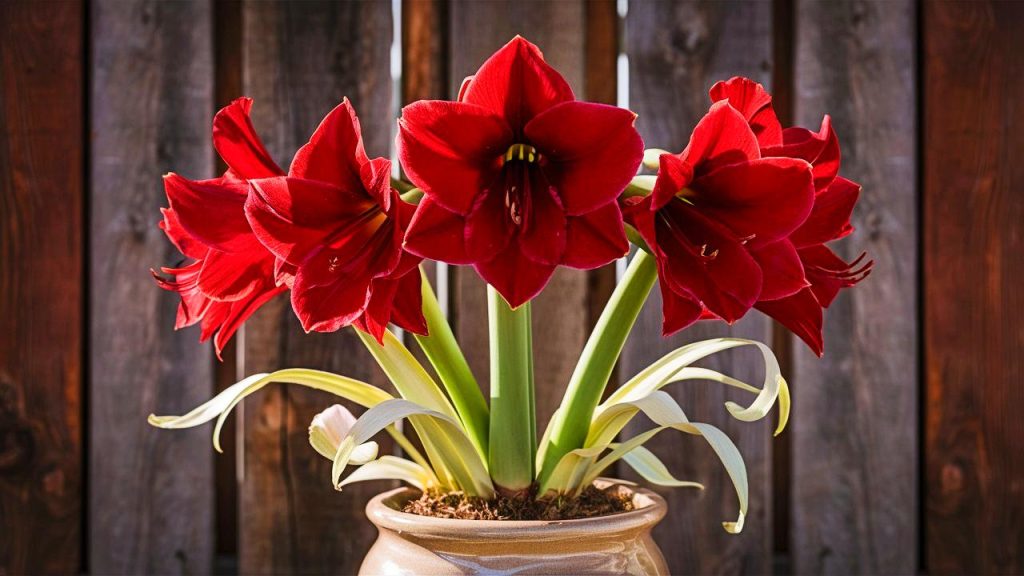
If you already have amaryllis plants in your home or garden, it’s essential to take precautions to minimize risks to your pets:
Keep Them Out of Reach: Place potted amaryllis plants on high tables or shelves where dogs cannot access them.
Supervise Outdoor Time: If you have amaryllis in your garden, supervise your pet while they are outside to prevent unwarranted nibbling.
Educate Family Members: Ensure that everyone in the household is aware of the plant’s toxicity and the importance of keeping pets away from it.
Consider Removal: If you have concerns about your pets’ curiosity and the risk associated with amaryllis plants, it may be best to consider removing them entirely or choosing to relocate them to an area that is off-limits to pets.
Opt for Pet-Safe Alternatives: As we’ll explore further down in this post, there are numerous pet-friendly flowering plants that can brighten your home and garden without posing a risk to your furry friends.
Dog-Friendly Alternatives to Amaryllis
If you’re looking for bright, beautiful flowers that are safe around pets, you’re in luck! There are many options to choose from that will enhance your space without the toxic risks associated with amaryllis. Here are some great dog-friendly alternatives:
Gerbera Daisy

Overview: Gerbera daisies are not only stunning with their vibrant hues, but they’re also non-toxic to cats and dogs alike.
Notes: They thrive well in pots or as cut flowers. Ensure they receive enough sunlight and water them adequately to keep them vibrant.
Orchid
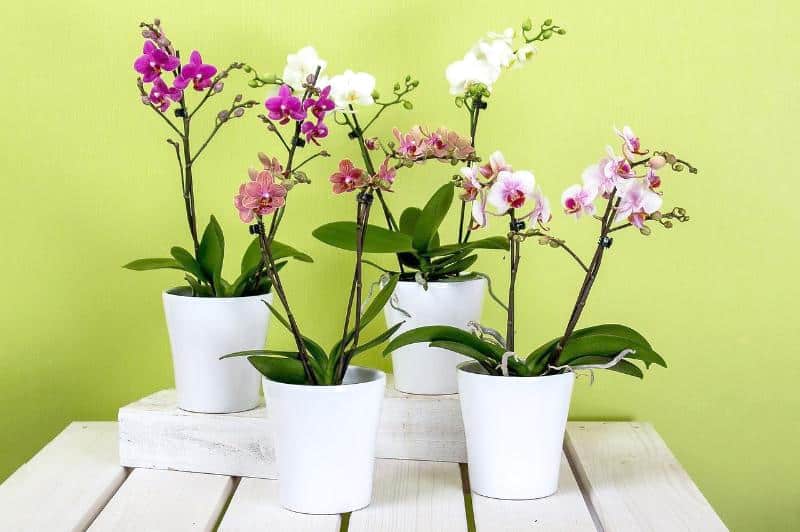
Overview: Many types of orchids, such as Phalaenopsis or Dendrobium, are safe for both cats and dogs.
Notes: They bring an exotic flair to your home. Orchids prefer indirect sunlight and should be watered sparingly—only when the potting medium is dry.
Rose

Overview: Roses can be delightful and fragrant additions to any garden or home.
Notes: As long as they are grown without harmful pesticides, roses are non-toxic to pets. However, be cautious of thorns when placing them around pets or children.
Spring Crocus

Overview: Early bloomers that are safe for pets, spring crocuses add a pop of color in early spring.
Notes: While the spring varieties are pet-friendly, be cautious with the autumn crocus, which is toxic. Always verify the type before planting.
Snapdragon
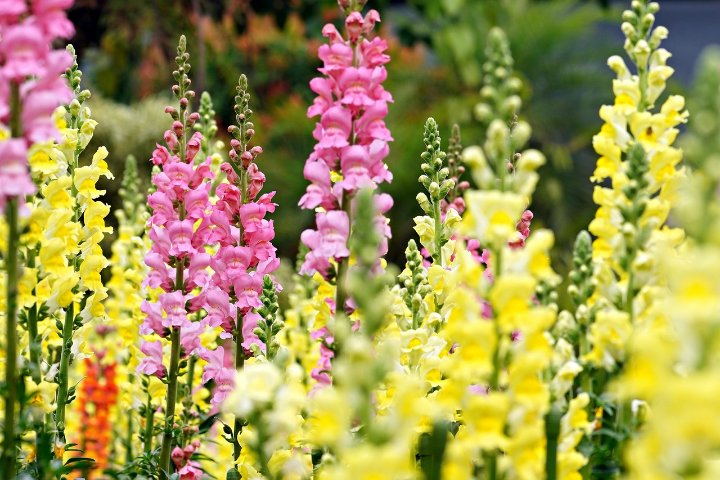
Overview: Snapdragons are charming flowers that come in various colors and are safe for pets.
Notes: They can be grown in both pots and gardens, preferring well-drained soil and full sun.
Limonium
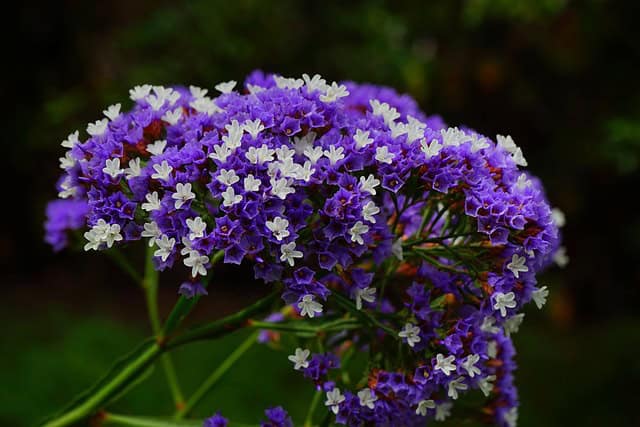
Overview: Known for their dried flower arrangements, limonium plants (often referred to as statice) are safe for pets.
Notes: They thrive in well-drained soil and are drought-tolerant, making them relatively easy to care for.
Waxflower

Overview: Waxflowers are beautiful, fragrant, and non-toxic to cats and dogs.
Notes: They are suited for container gardening and require full sun with well-drained soil.
Statice
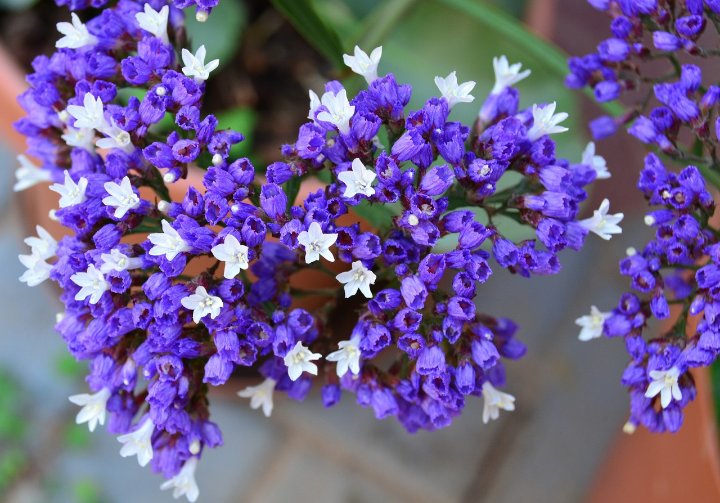
Overview: Often used in dried arrangements, statice adds color without toxicity.
Notes: It has similar care requirements to limonium, making it easy to include multiple varieties in your pet-friendly garden.
Freesia
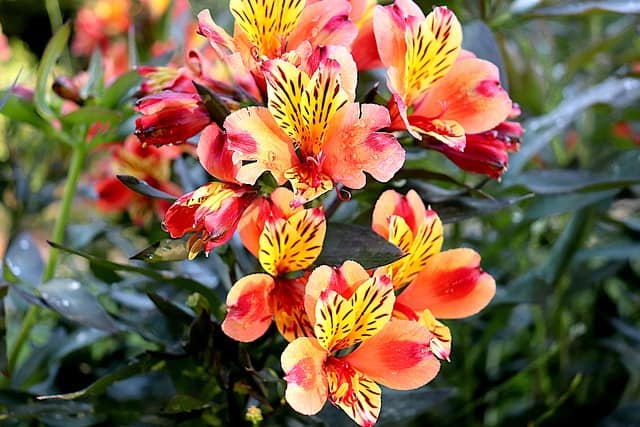
Overview: Freesias are known for their sweet scent and vibrant blooms, and importantly, they are non-toxic to pets.
Notes: They require full sun and well-drained soil for optimal growth.
Sunflower

Overview: Sunflowers can potentially attract wildlife but are entirely safe for pets.
Notes: They are straightforward to grow and offer a cheerful look to any garden.
Zinnia
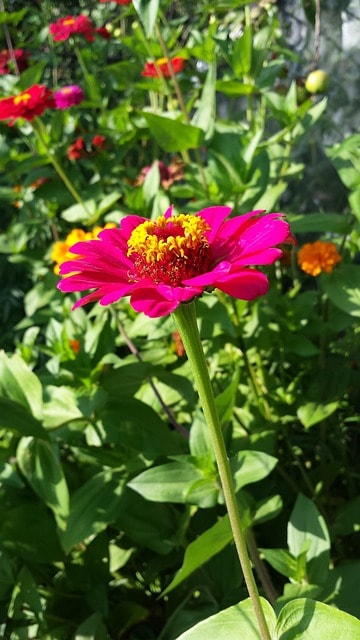
Overview: Zinnias are easy-to-grow flowers that come in many colors and are non-toxic to pets.
Notes: Best suited for sunny areas; they can grow well in a garden or as potted plants.
Bromeliads
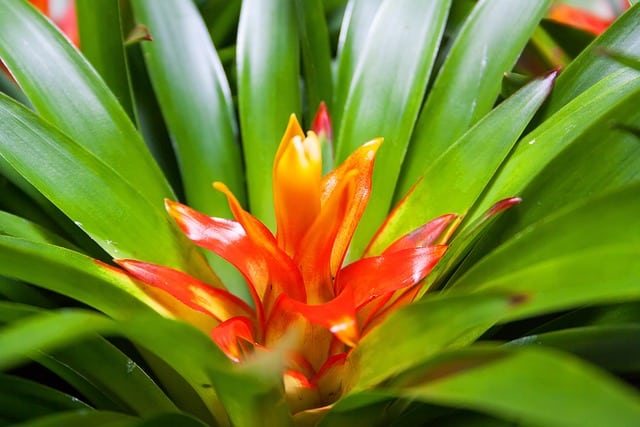
Overview: Beautiful and hardy, bromeliads make excellent houseplants that are safe for pets.
Notes: They thrive in bright, indirect light and can last for years with proper care.
Lipstick Plant
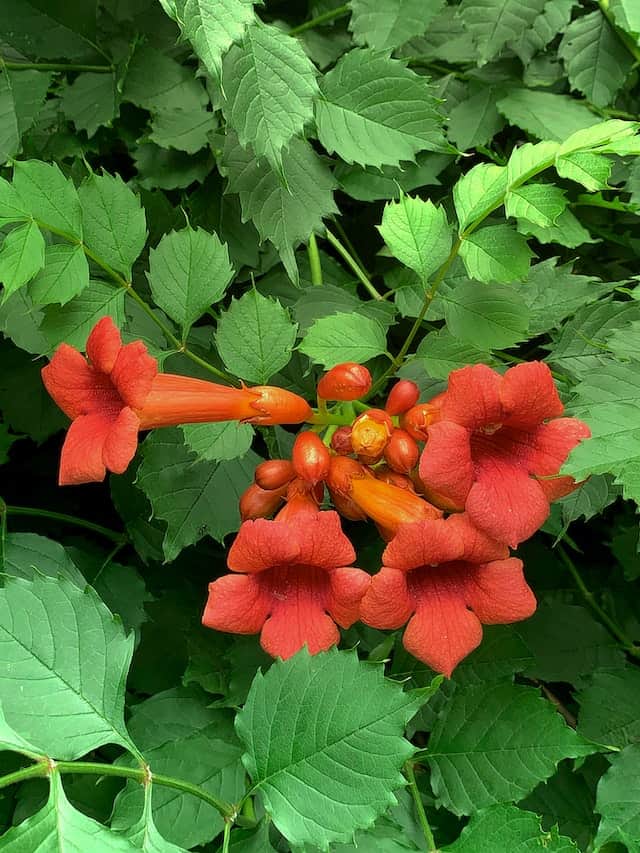
Overview: Known for its striking red blooms, the lipstick plant is safe for cats and dogs.
Notes: It prefers bright, indirect light and regular watering during the growing season.
Burro’s Tail
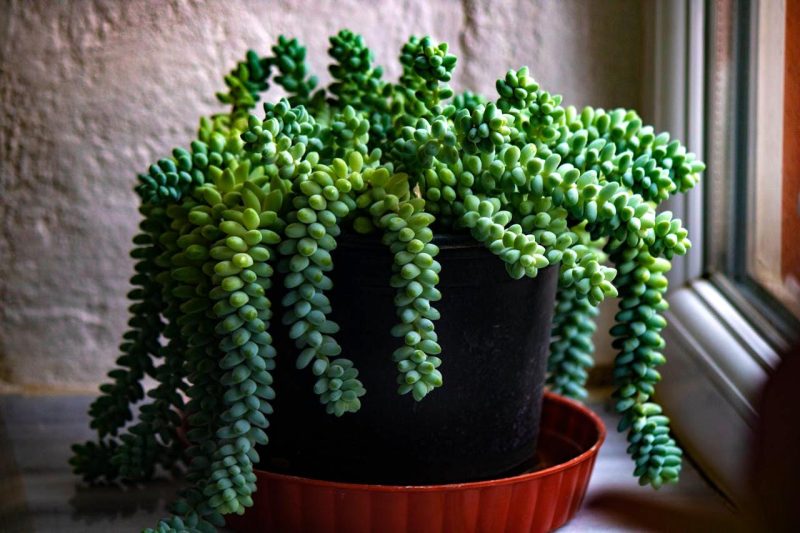
Overview: Also known as Sedum morganianum, this succulent is non-toxic and adds a unique touch to plant collections.
Notes: Requires minimal care and can thrive well in well-draining soil and bright sunlight.
Conclusion
While the amaryllis can beautifully enhance your home decor, it’s essential to be aware of its toxicity to pets, particularly dogs. Understanding the potential risks and the symptoms of poisoning can prepare you for swift action if your pet happens to ingest any part of the plant. By taking practical steps to keep amaryllis out of reach and educating yourself about pet safety, you can enjoy your gardening while keeping your furry companions safe.


